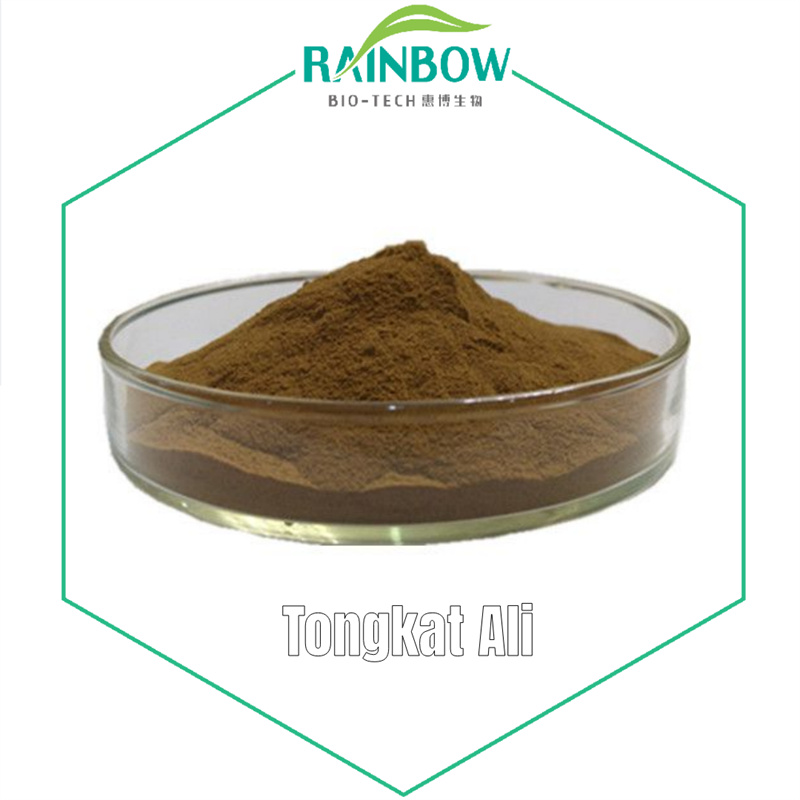
Products
Quercetin HPLC98% quality standard USP40
Specification
|
TEST |
SPECIFICATION |
RESULTS |
| Appearance
Identification Melting point Particle size Reducing sugars Bulk density Heavy metals -Arsenic -Mercury -Cadmium -Lead Sulphated Ash Loss on drying Assay by HPLC
|
Yellow powder
Must positive 305℃—315℃ 95% pass through Sieve # 80 mesh Not be detected ≥0.10gm/cc ≤10ppm ≤1.0ppm ≤0.1ppm ≤1ppm ≤3ppm ≤0.30% ≤12.0% ≥98.0% |
Complies
Positive 312℃ Complies Not detected 0.15gm/cc <10ppm <1.0ppm 0.037PPM Not Detected 0.05PPM 0.12% 9.36% 98.3% |
Relationship Between Rutin and Quercetin
|
Dimension |
Rutin |
Quercetin |
| Structure | Quercetin-3-O-rutinoside (with sugar groups) | Free flavonol (C₁₅H₁₀O₇) |
| Source | Directly present in plants (e.g., Huaimi) | Mostly exists as glycosides, requires hydrolysis |
| Activity | Better water solubility, weaker activity | Better lipid solubility, stronger antioxidant activity |
| Correlation | Hydrolyzes to form quercetin (precursor) | Derived from rutin, with more significant biological activity |
Here are some recent research reports on the application of quercetin
1.Quercetin Improves Fatty Liver: On July 19, 2024, the research team from the Army Medical University published a research achievement in The American Journal of Clinical Nutrition. They conducted a randomized, double - blind, placebo - controlled crossover clinical trial involving 41 patients with non - alcoholic fatty liver disease (NAFLD). The patients took 500 milligrams of quercetin or a placebo daily for 12 weeks, and then the two groups switched the intervention measures for another 12 weeks. The results showed that the liver fat content of the patients in the quercetin group decreased significantly, with an average reduction of 17.4%, while that in the placebo group only decreased by 0.9%. Meanwhile, the body weight and BMI of the patients in the quercetin group also decreased significantly. Moreover, the reduction in liver fat content in female patients was about twice that in male patients. No negative effects of quercetin on the blood routine, renal function, and blood pressure of the participants were observed during the study.
2.Quercetin Alleviates Obesity: On January 31, 2025, the research team led by Wang Xinxia from Zhejiang University published an article titled "Quercetin - Driven Akkermansia Muciniphila Alleviates Obesity by Modulating Bile Acid Metabolism via an ILA/m6A/CYP8B1 Signaling" in Adv Sci (IF = 14.3). The study found that quercetin - driven Akkermansia muciniphila alleviates obesity by regulating bile acid metabolism through the indole - 3 - lactic acid (ILA)/m6A/CYP8B1 signaling pathway. Quercetin can improve high - fat - diet - induced obesity and related metabolic disorders, reshape the overall structure of the microbiota, and increase the abundance of Akkermansia muciniphila. This bacterium enriches and produces more ILA, which up - regulates the expression of CYP8B1 through the FTO/m6A/YTHDF2 manner, promotes the conversion of cholesterol into cholic acid, and then activates the farnesoid X receptor in adipose tissue to inhibit lipid accumulation.









